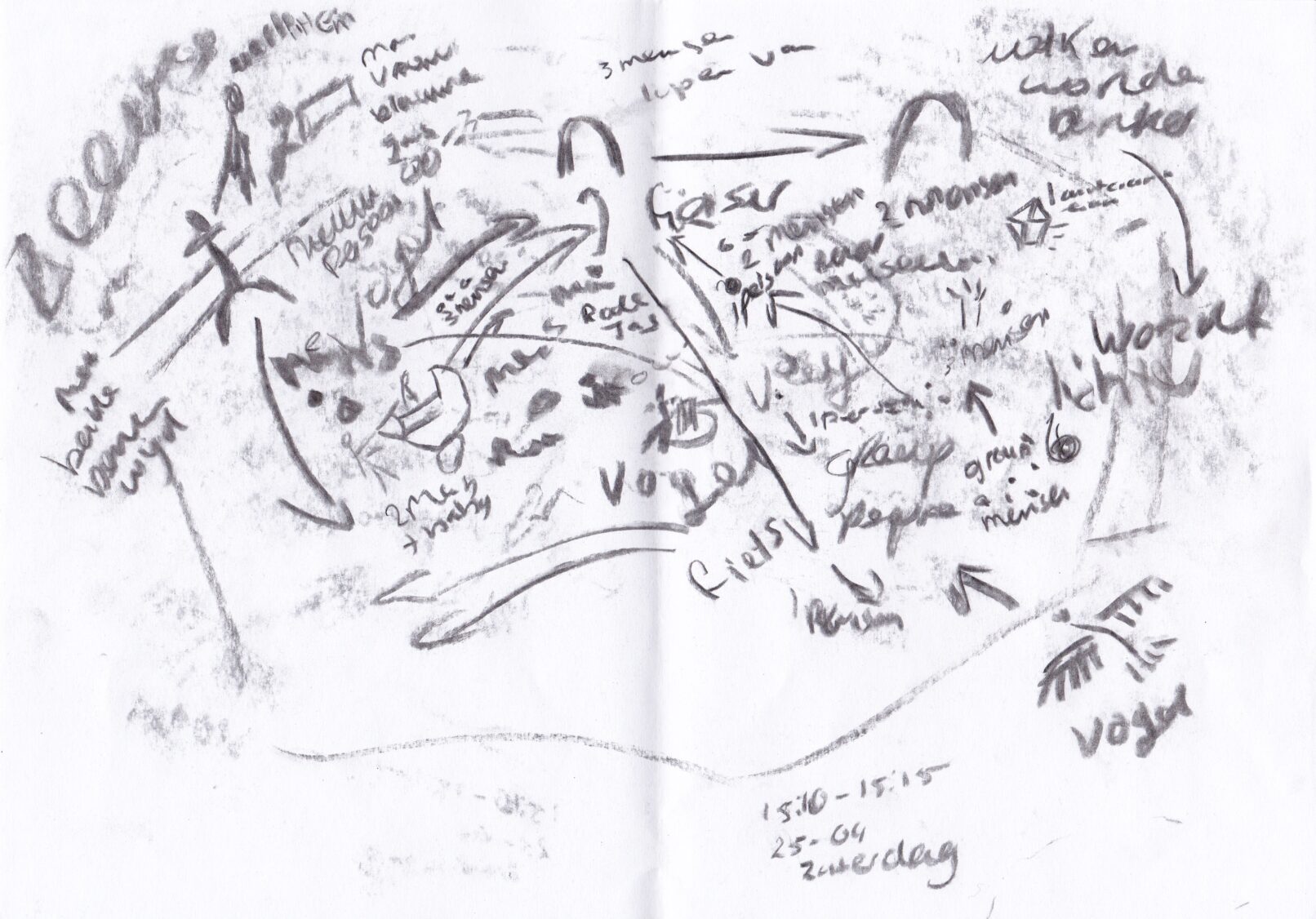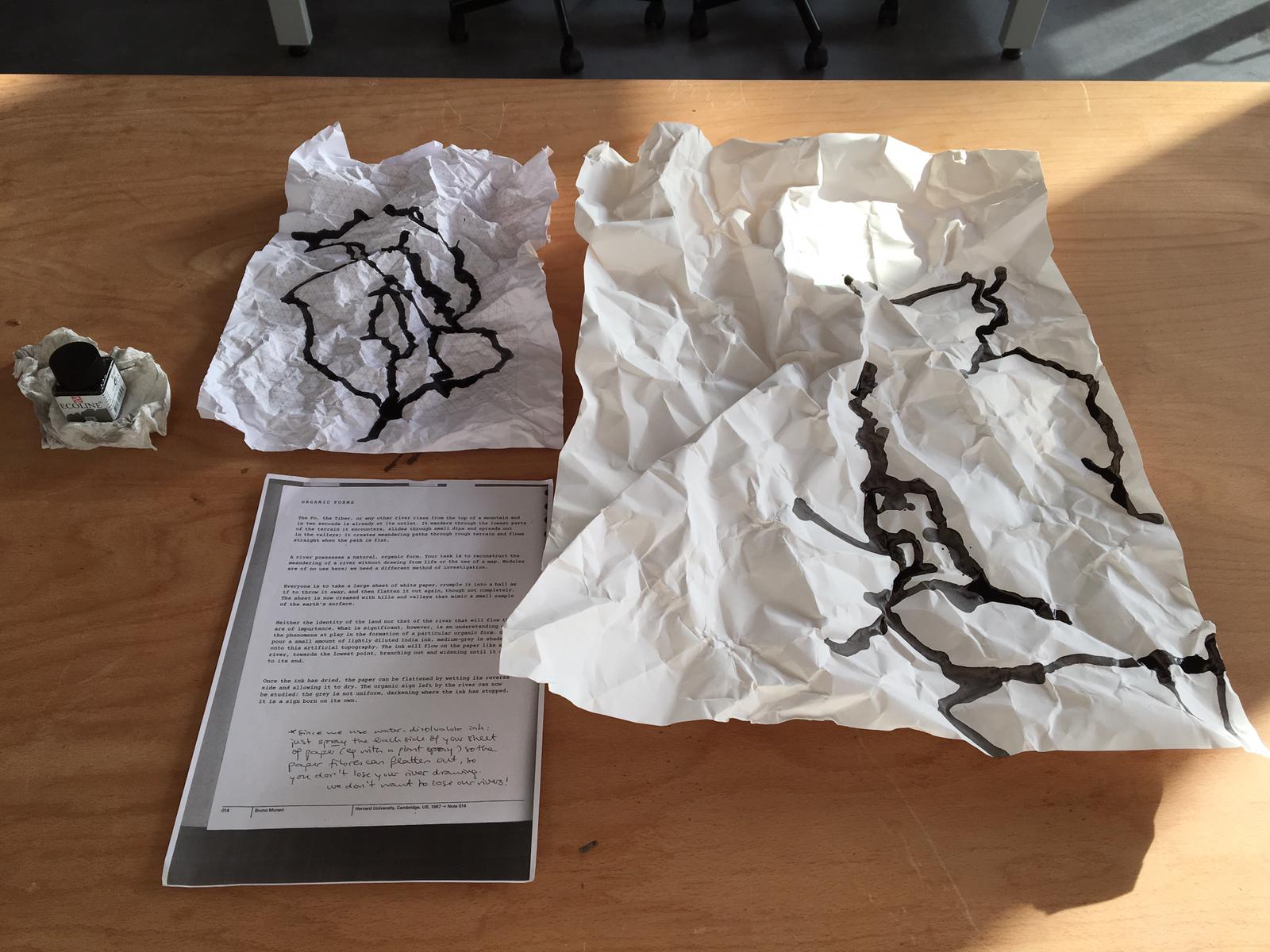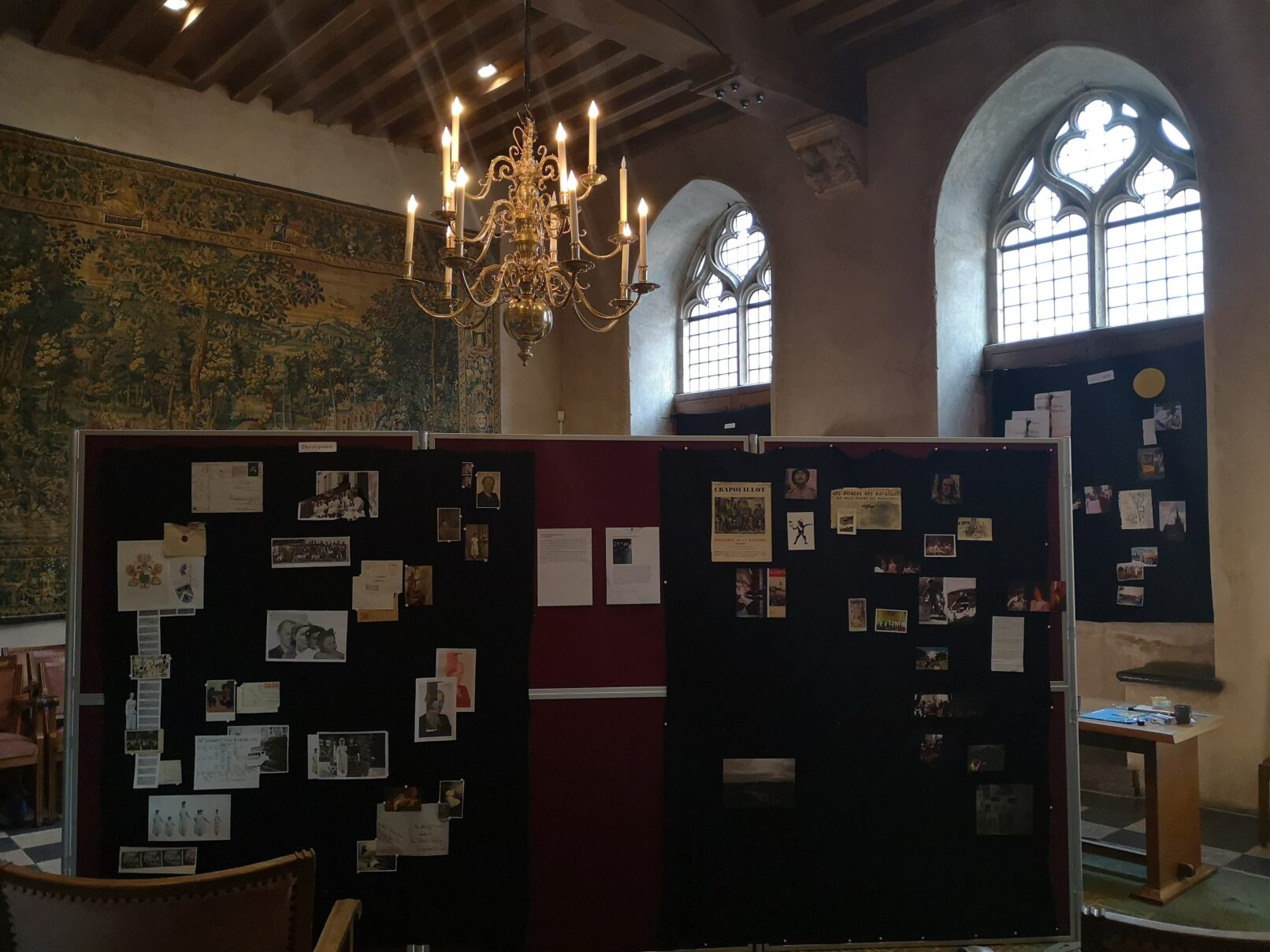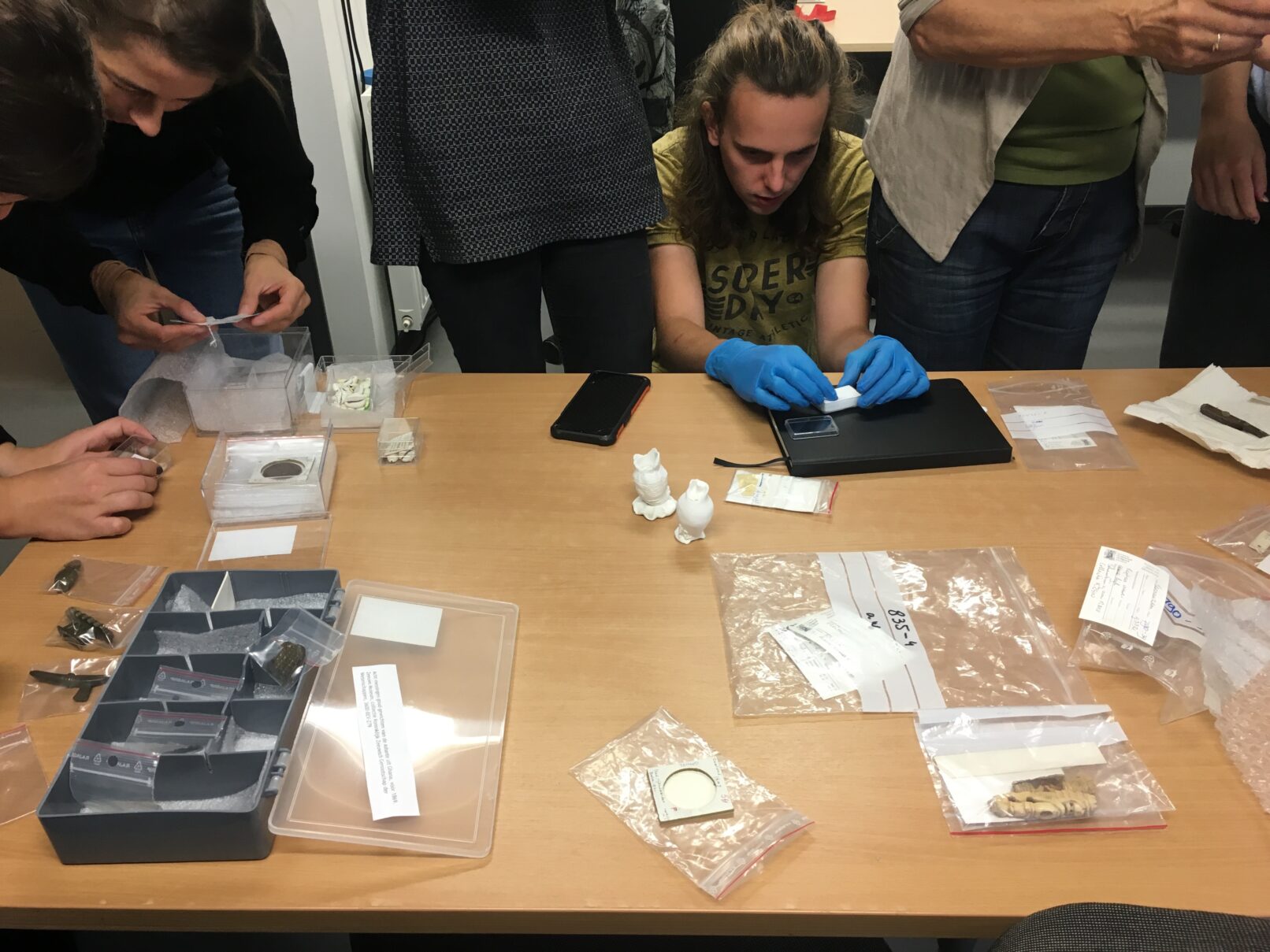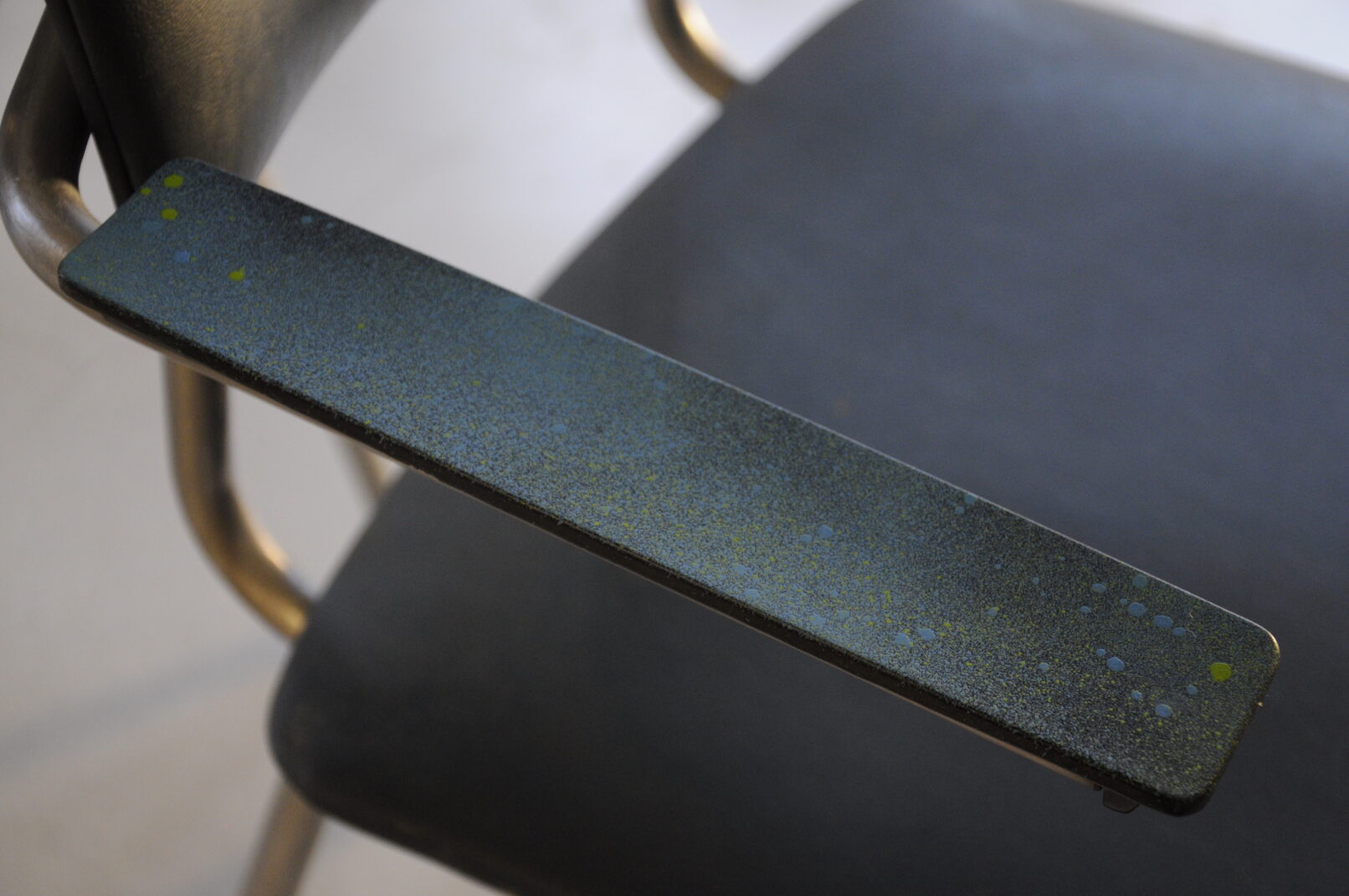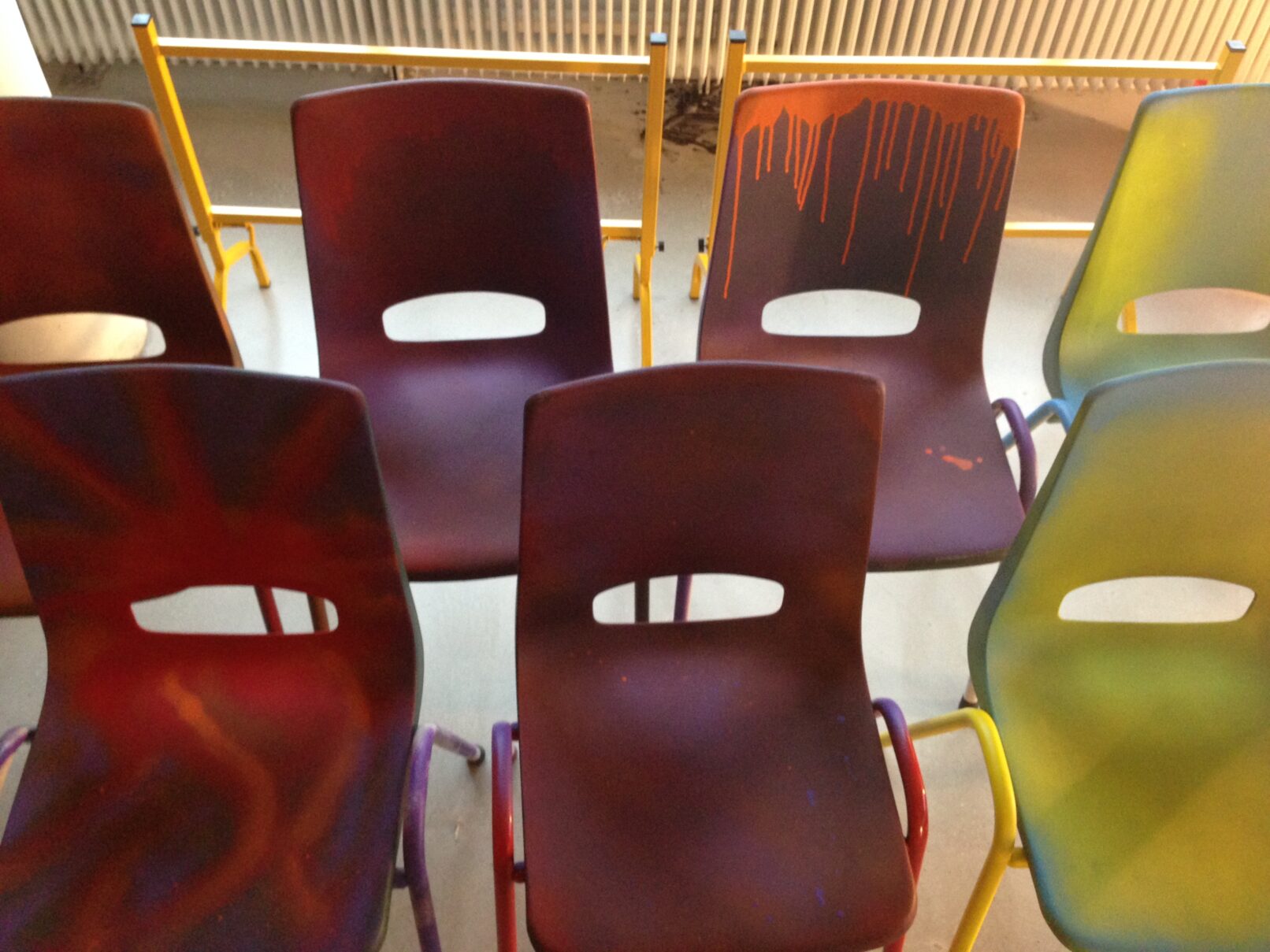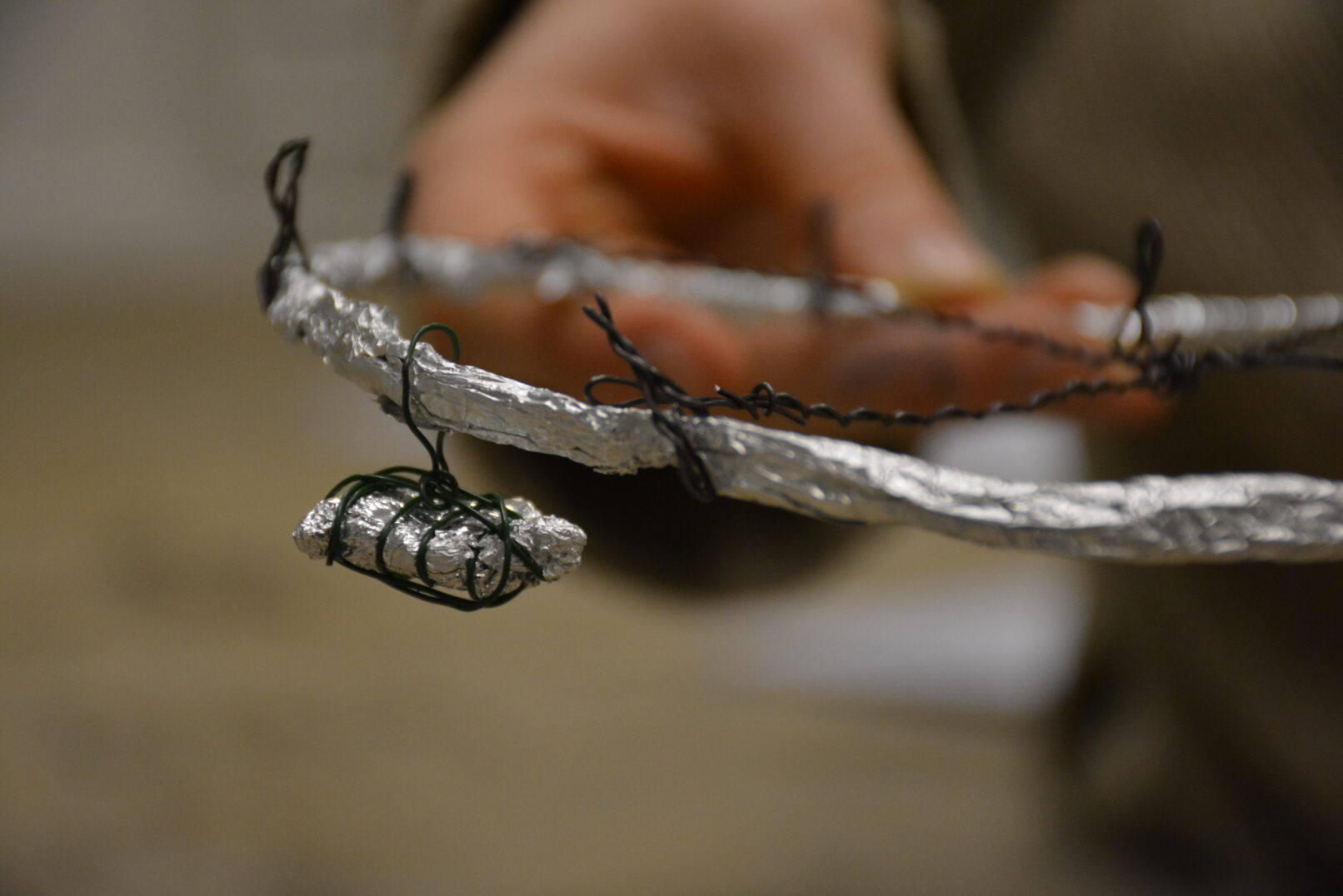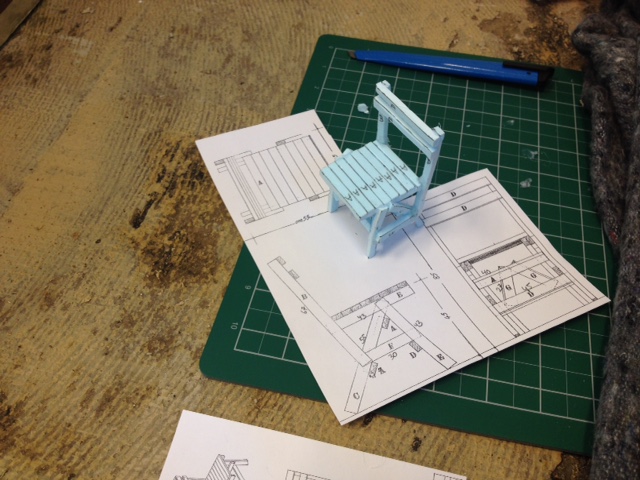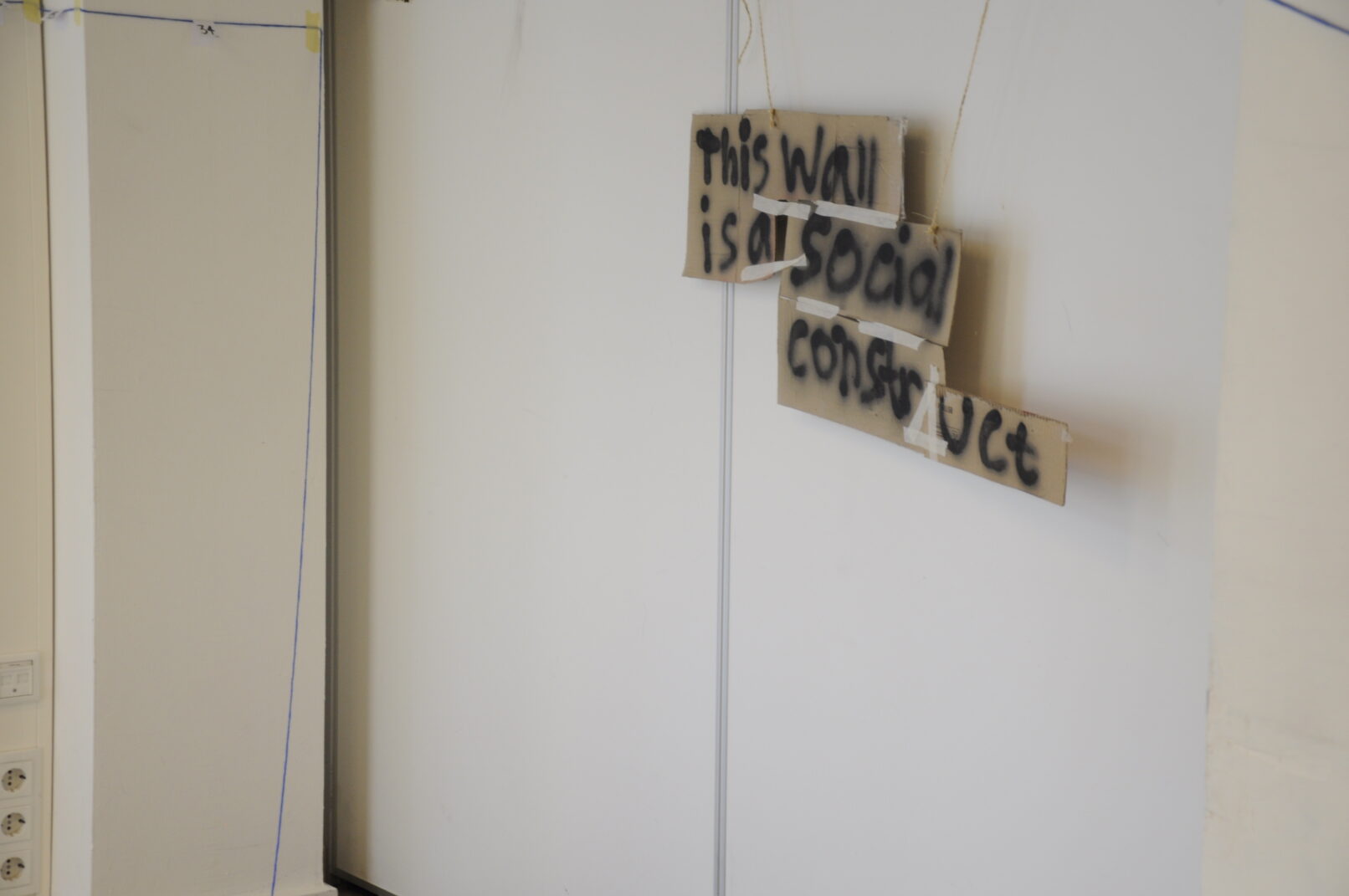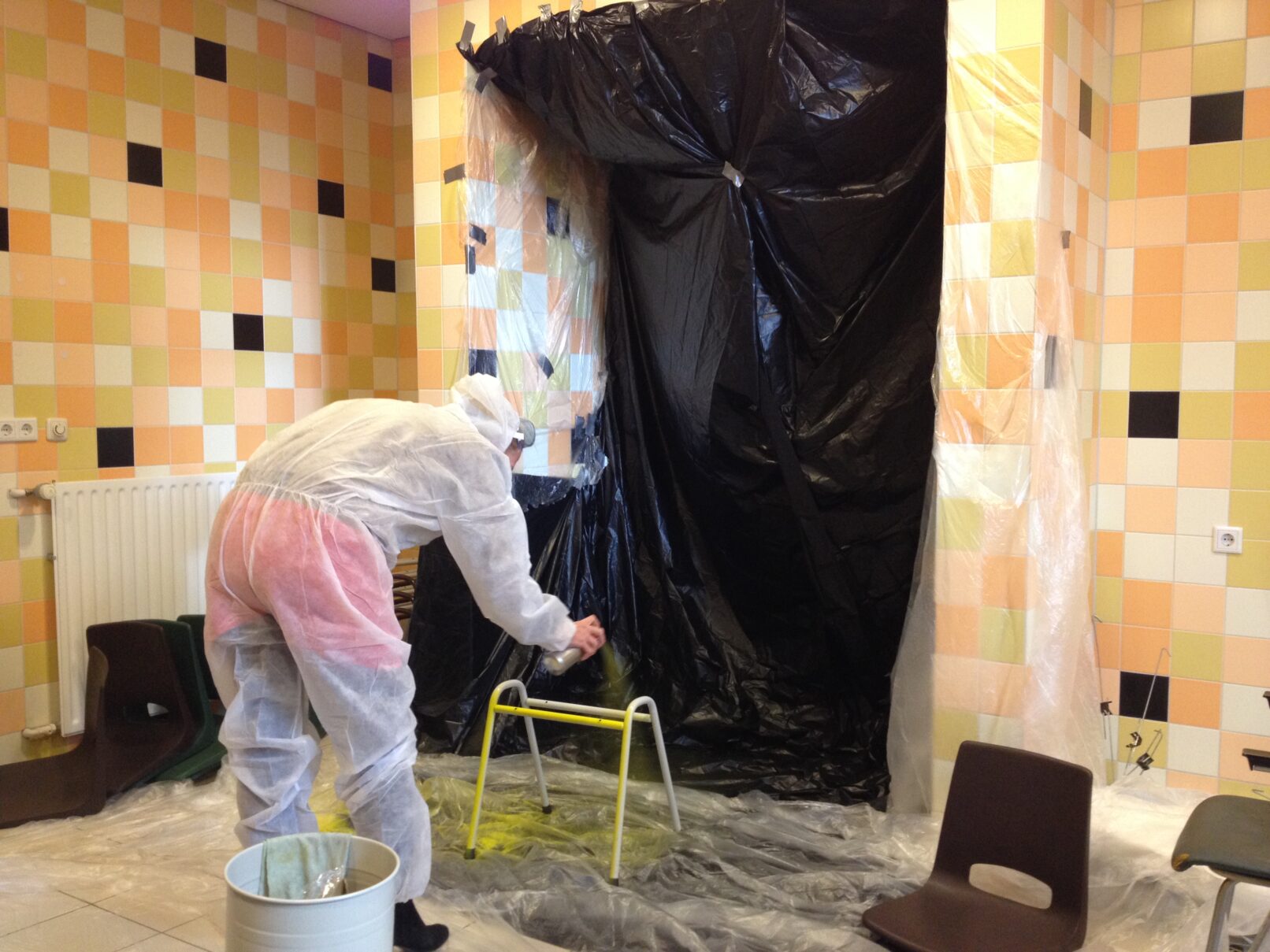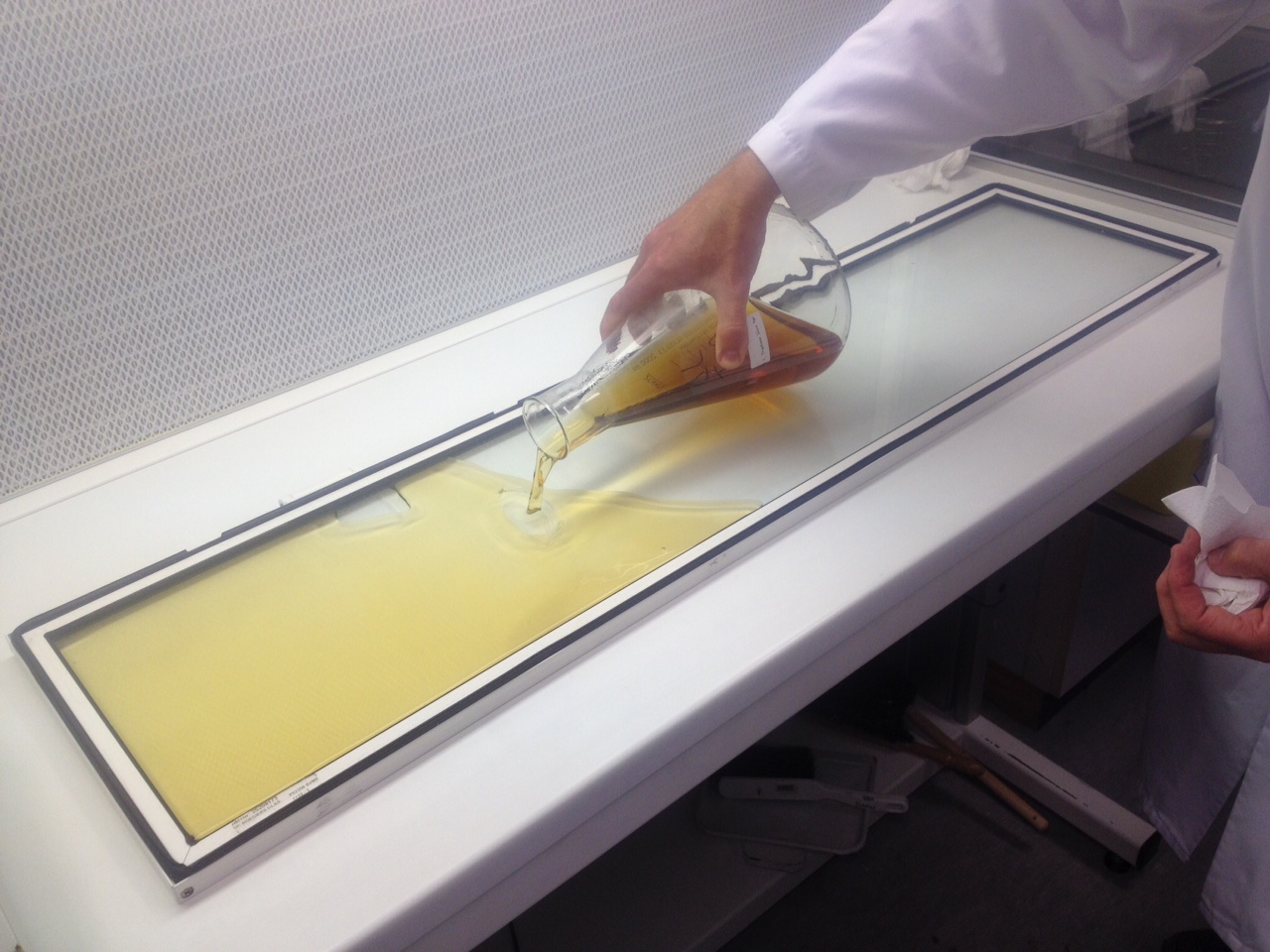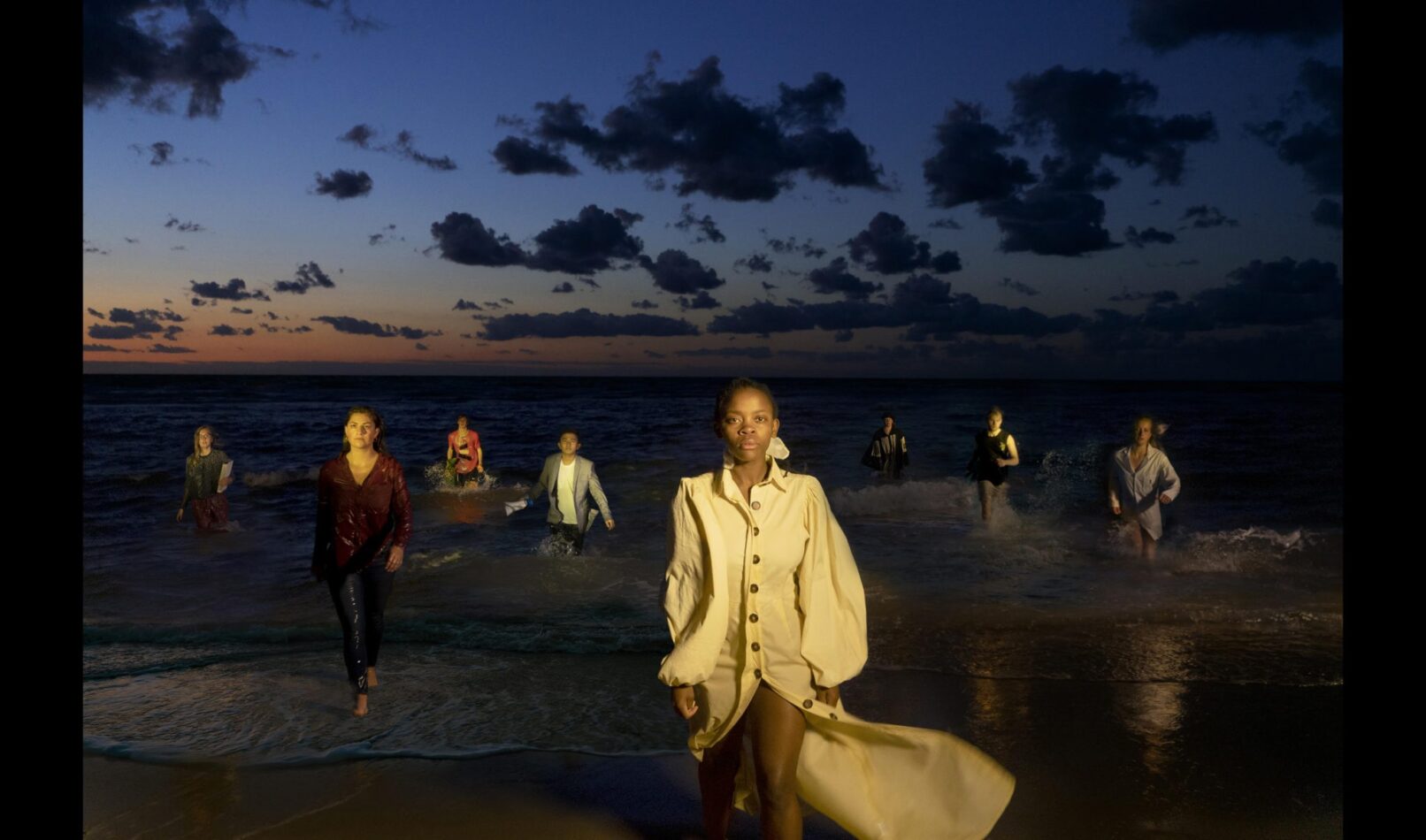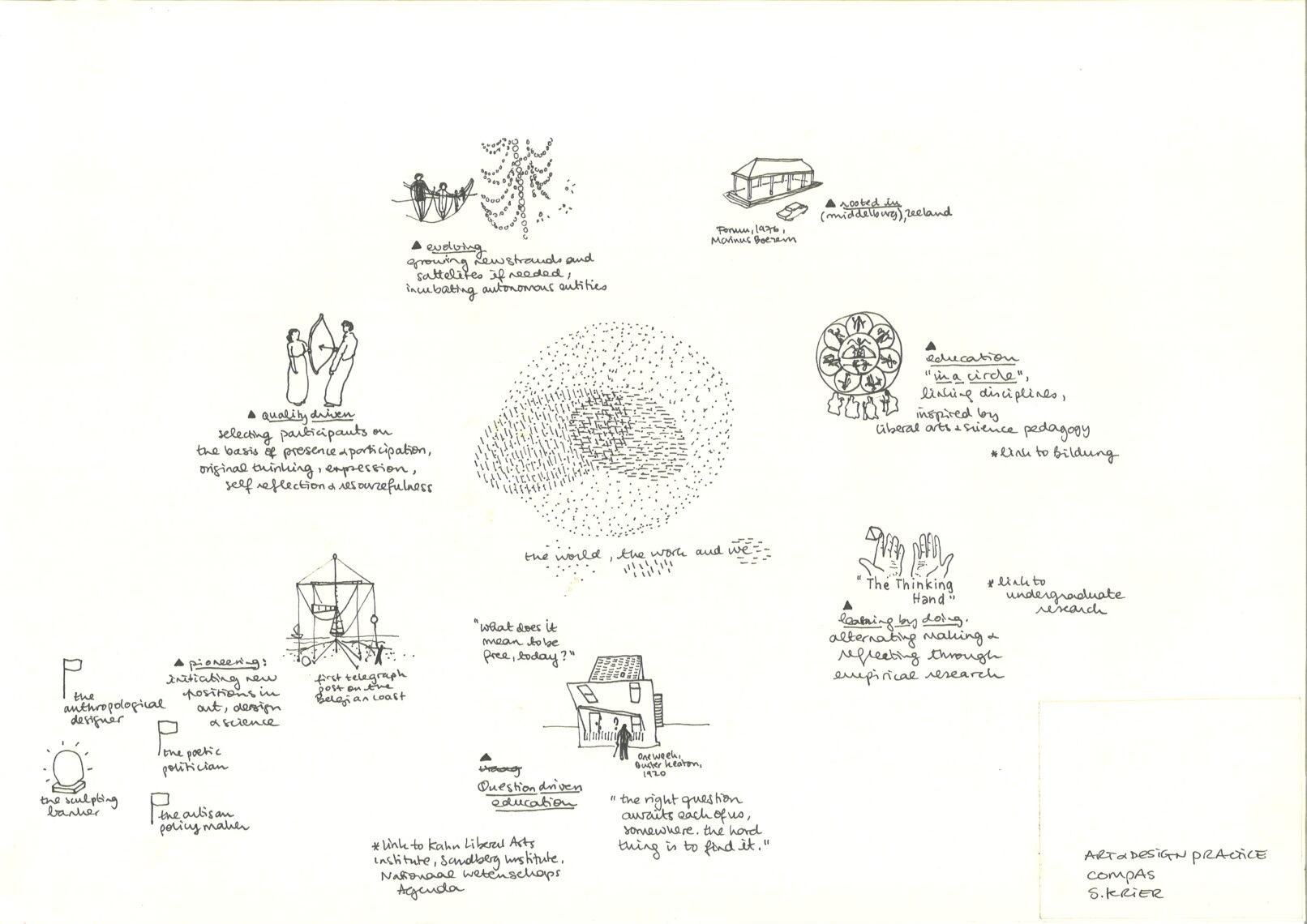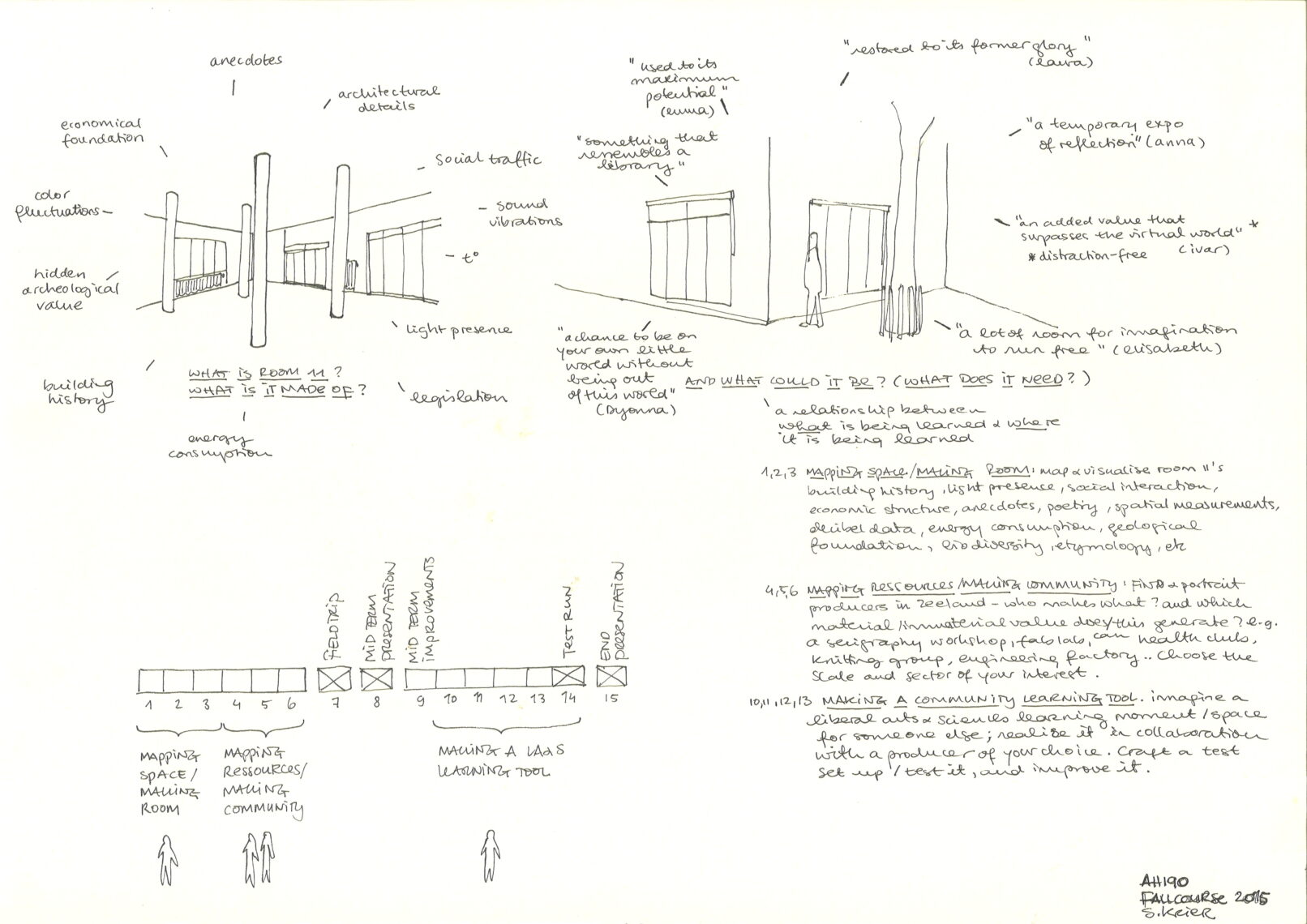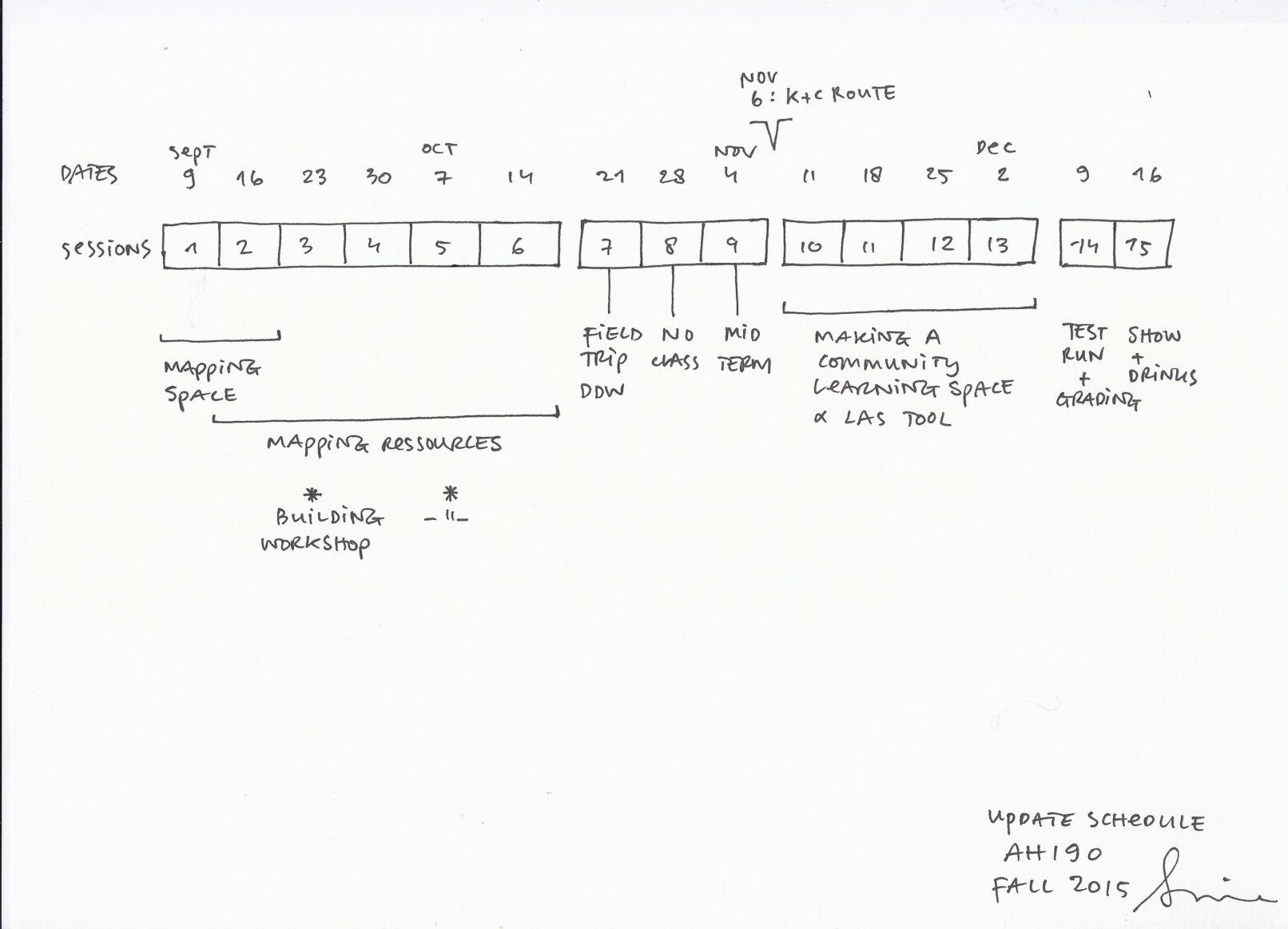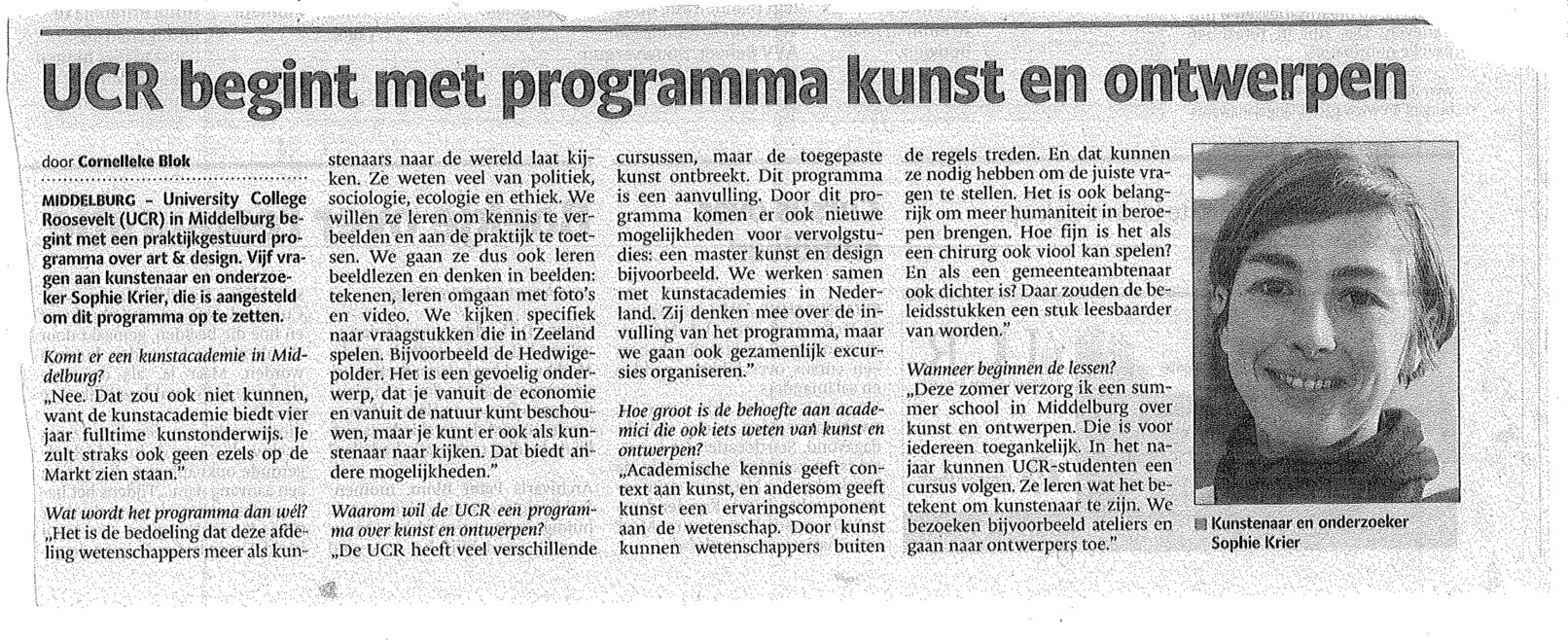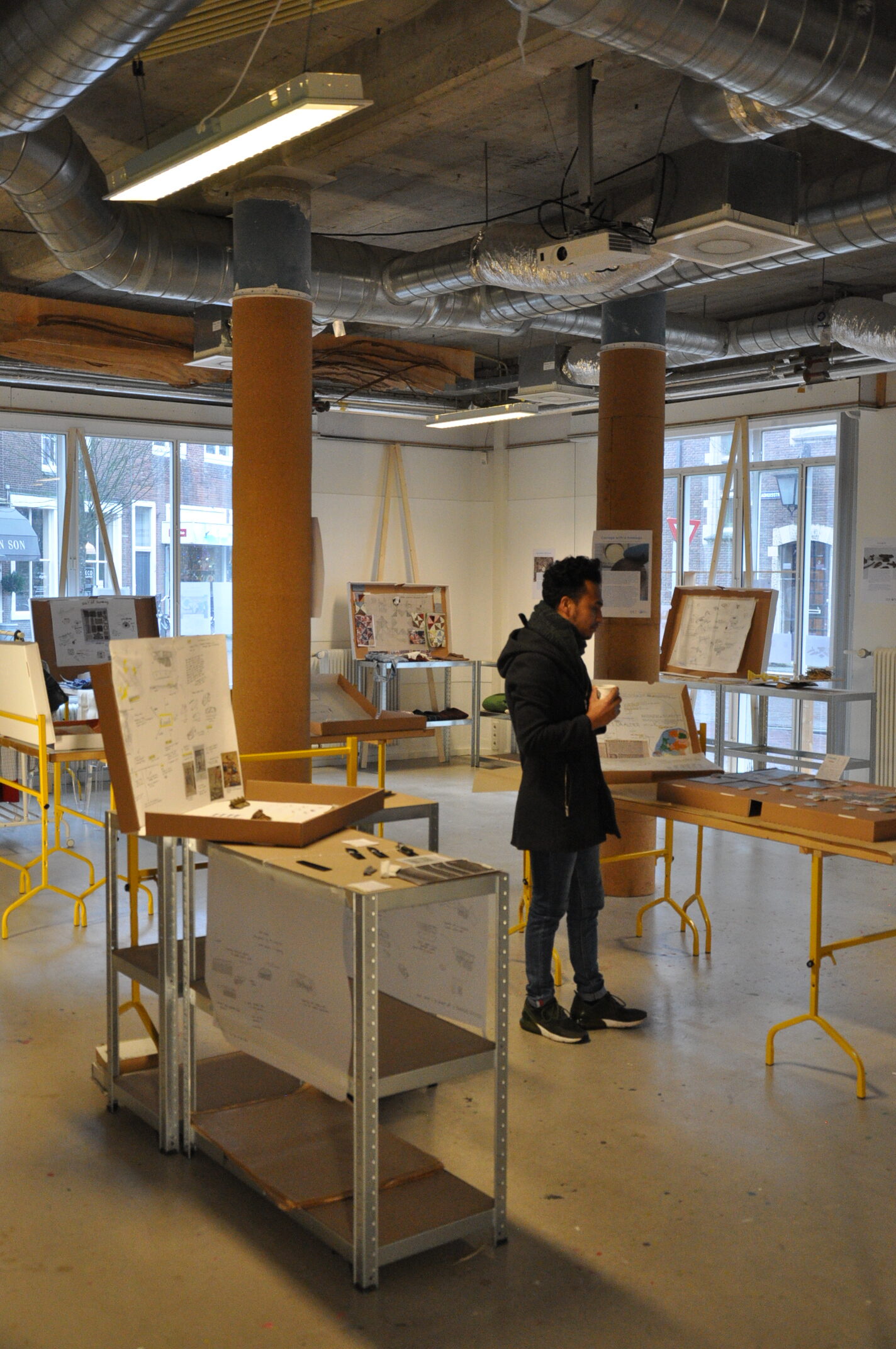Art & Design Practice
The Art & Design Practice track, part of the Arts & Humanities department, University College Roosevelt, Middelburg (Zeeland, NL) is a practice-based bachelor program in the spirit of Liberal Arts & Sciences (LAS) that was founded in 2015. The track was discontinued in Fall 2020. An online archive offers a sample of what happened throughout the short lived existence of the track thanks to all who took part.
The LAS philosophy can be understood as conducting “education in a circle” and “teaching your discipline through other disciplines” (Prof. David Aiken in conversation with artist-in-residence Sophie Krier, 2015).
In this spirit, Art & Design in Practice was set up as a relational track and intrinsically linked to other fields of knowledge within and outside UCR, following the disciplinary interests of the students. These included art history, art restauration, curation, philosophy, art therapy, decolonial pedagogies, archaeology, earth science, human geography, mathematics, interface design, evolutionary biology. Art & Design Practice was a unique track within Dutch Liberal Arts & Sciences education as it allowed students to combine vocational with theoretical learning, and relate their academic interests with an initiation into artistic practice through undergraduate research. The track built on the pre-disciplinary tradition of connecting imagination and artistic representation to scientific methods and knowledge. Art produces knowledge, albeit of a different kind than scientific knowledge. The track explores how these two forms of knowledge can enrich each other.
The track was question-driven; in other words, the content of the courses was not fixed: by nature, it was exploratory. The courses were rooted in learning by doing: testing ideas in practice and reflecting on the making process interact in constant dialogue. The assignments and level of difficulty built on each other: at the introductory level, students worked on building a visual grammar in three-weeks skill-based assignments; at the intermediate level, two action research projects were conducted around a shared theme in relation to a pressing socio-ecological issue; at the advanced level, students took on semester long self-defined research projects – generating idiosyncratic visual essays.
CORNELIS Els, DE MUIJNCK Catelijne, “Interview met Sophie Krier” in: From a University of the Arts to a Pluriversity of the Arts, Arnhem: Apria/ArteZ, published Feb 16, 2023. Online: https://apria.artez.nl/interview-met-sophie-krier/
Archived activities
Spring 2020 Activating Old Maps
Spring 2020 Introduction to Art & design practice
Spring 2020 Sensing Systems for Sustainability
Spring 2019 Introduction to Art & design practice
Fall 2019 Interweaving Biographies
Fall 2019 True Replicas
Zeeuws Genootschap 250 year Anniversary Gift
Spring 2018 Introduction to Art & design practice
Fall 2018 The Playful City: Yellow House
Fall 2017 Metamorfose Lokaal
Spring 2017 Introduction to Art & design practice
Fall 2016 Shaping Resilient Societies
Summer 2016 How to think like a mountain in a land of sea
Spring 2016 Visualising freedom
Fall 2015 Making an LAS Learning Space
Spring 2015 Masterclass City as Stage
2015-2020 Academic internships
2015-2020 Senior Projects
2015-2020 Miscellaneous activities
2015-2020 Track references
UCR Art and Design 2015-2016.pdf
Track outline ADP (Update Dec 2019) SK.pdf
track outline-appendix-course-program-outcomes Update Dec 2019.pdf
Colophon
Track founder and instructor (2015-2020): Sophie Krier
100 level instructor: Marc Nagtzaam
Guest lecturers 2015-2020 (selection): Jan van Boeckel, Maria-Rosa Boezem, Marinus Boezem, Gabriel Coppoolse, dach&zephir, EricandMarie, Cynthia Hathaway, Joachim Duyndam, Juri Ferri, Roos Gortzak, Loek Grootjans, Roel van Tour, Risk Hazekamp, Ro Koster, Bert van Leerdam, Ramon de Nennie, Hans van Overvliet, René Molenaar, Annemarie van Sprang, Dagmar Thomys, Ivar Troost, Esmé Valk, Christel Vesters, Jos Willemsen, Erik Wong, Dorine Zelders, Caroline van Santen.
Images
– Mapping change, Kim Bergen, Masterclass City as Stage, Marinus Boezem & co Manifestatie, Vleeshal, 2015.
– Sensing Systems for Sustainability, Spring 2020. Guest workshop by water activist Li An Phoa – prior to her visit to UCR, Sophie Krier had the students make “river patterns” based on an open source assignment of designer Bruno Munari during the Lost and Found in Translation workshop. Photos İlke Ercan.
– Interweaving Biographies, Fall 2019. After many trials, the Plates are presented in the Trouwzaal of the Stadhuis, coinciding with the Seminar on slavery organised by the municipality of Middelburg to re-read its past. Photo Lucie van Damme
– True Replicas, Fall 2019. Maaike Roozenburg briefing students in the attic of Cultuurhuis Kuiperspoort, the course’s exceptional location for that semester – a hub of arts & crafts in Middelburg. Meeting the objects in real life at Erfgoed Zeeland with archeologist Aagje Feldbrugge and scanning them with the help of TU Delft specialist Yvo van Os.
– Making an LAS Learning Space. Joyfully dismantling E.11 Prototype for a circular projector rail, Ivar Troost, 2015. Spray painted 2nd hand chairs by Laura de Kreij. Open source furniture (scale model from blue foam). Design by Enzo Mari. Making THERE with bacteria culture in the UCR Life Science lab, Nele Bartsch, 2015
– Unfamiliar Outdoors. Visualising the essence of your project, guest project by Erik Wong, 2016.
– Notes for an Art & Design Practice compass, Sophie Krier, 2015
– True Replicas Exhibition, Dec 2019 ( Details: Combmaker ; Abrammuo replica )
– Mapping Zeeland: Maarten and Hubrecht Janse
– Making an LAS Learning Space, 2015. Exhibition during the Kunst & Cultuurroute Middelburg, editing by Ivar Troost
Sources
Preliminary blueprint for an LAS Art & Design Practice track at UCR, Sophie Krier, 2015
Video talk on LAS Fellowship to the USA, 2015
UCR report USA LAS Fellowship 2015.pdf
Acknowledgments
The track was originally kick started with an impulse fund of Rabobank and Stichting Zigzag, thanks to the vision and mediation of Hans Bloemsma and Barbara Oomen. Erik Viskil provided valuable external advice on the pedagogical structure of the track at the intersection of art-based making and undergraduate academic research. More valuable persons contributed to the track such as fellow UCR colleagues, guest teachers and especially all the students who undertook the adventure of engaging with art & design practice. Not everyone can be named here but those that were part of the adventure know who they are 😇 and are mentioned in the project pages of these archives. May they all be thanked for their beautiful energy.
